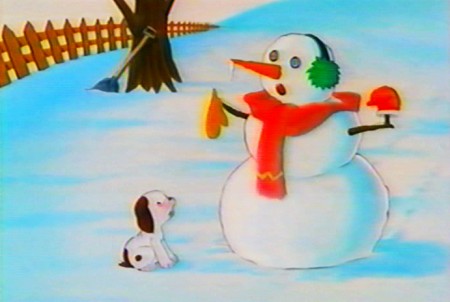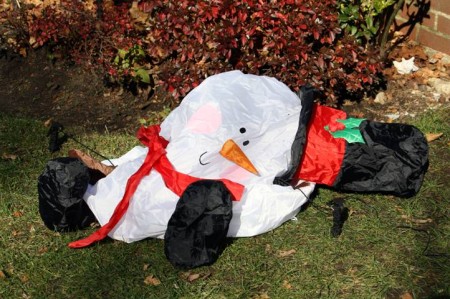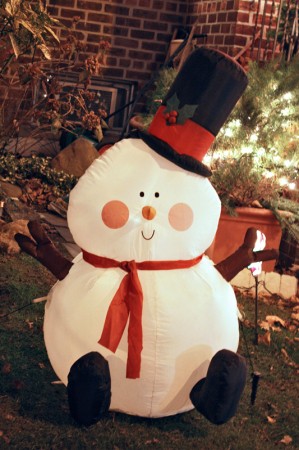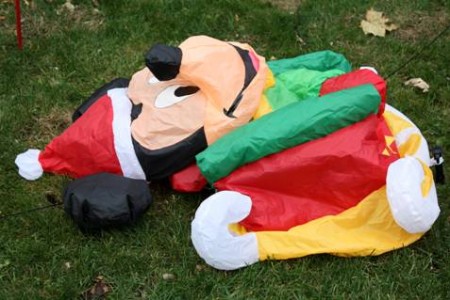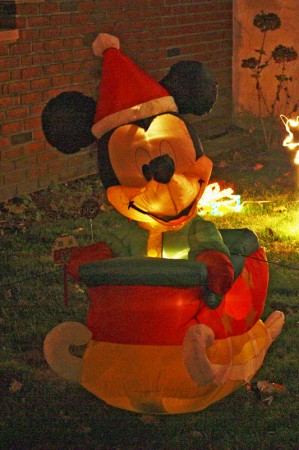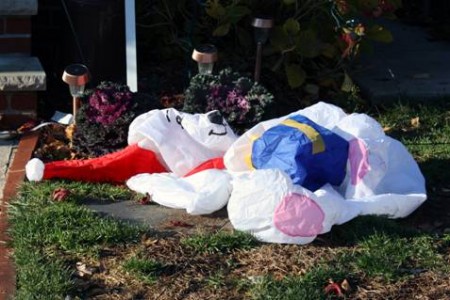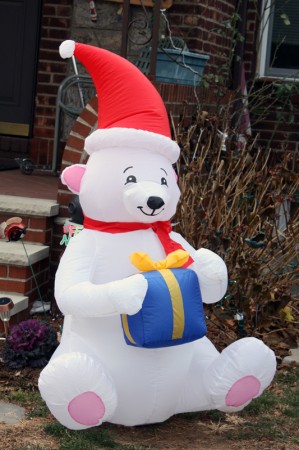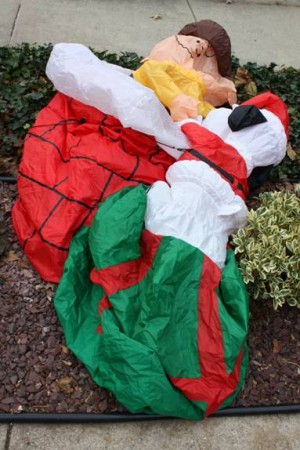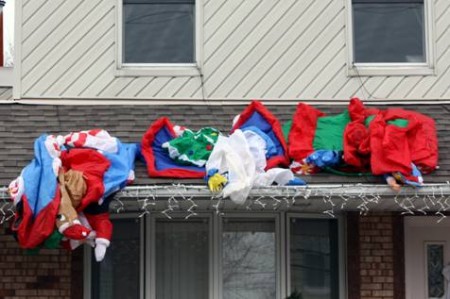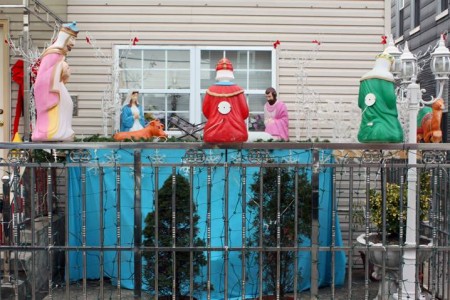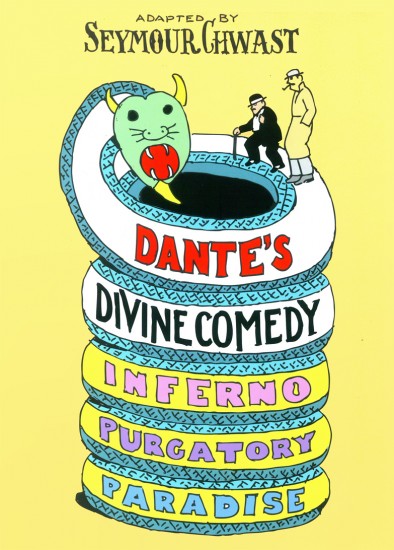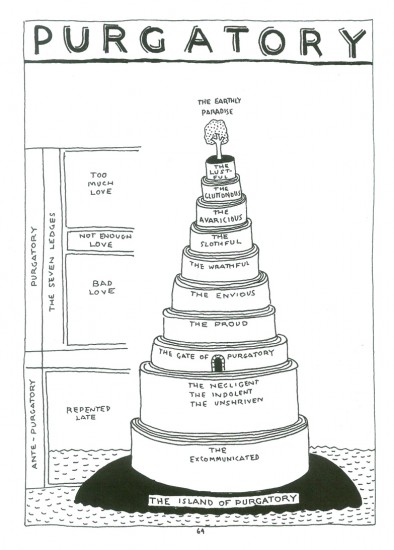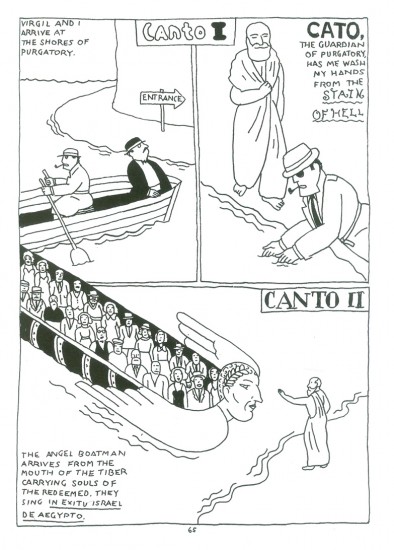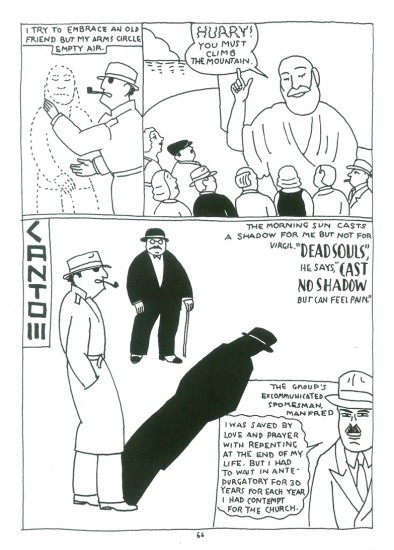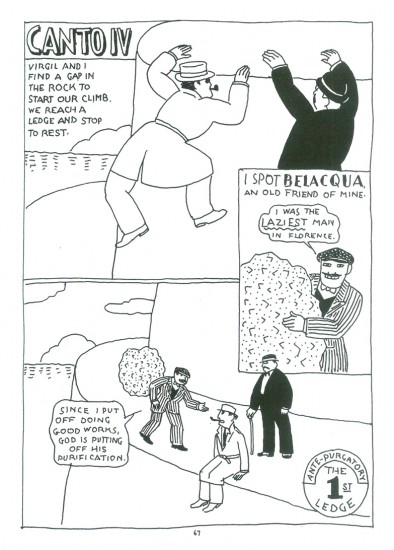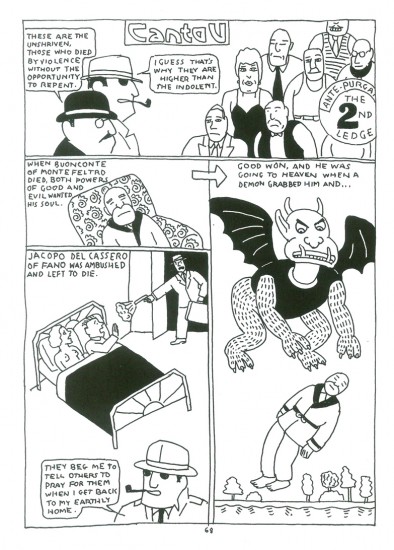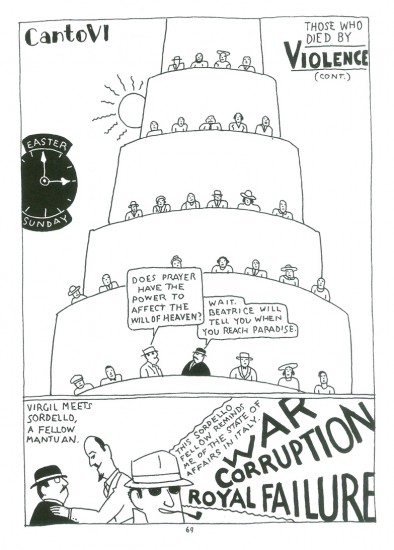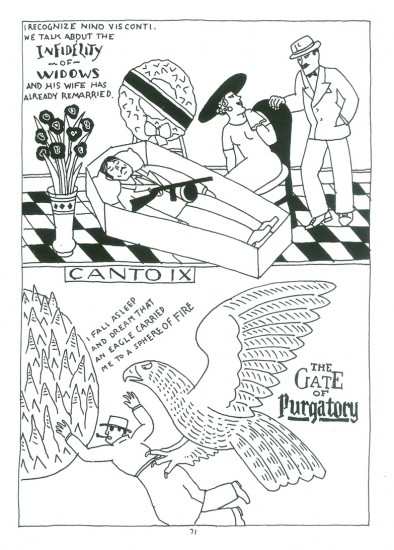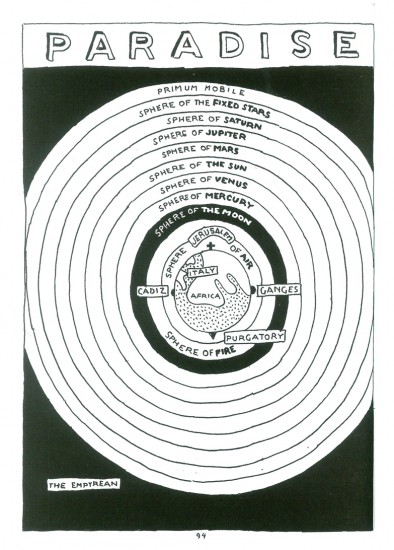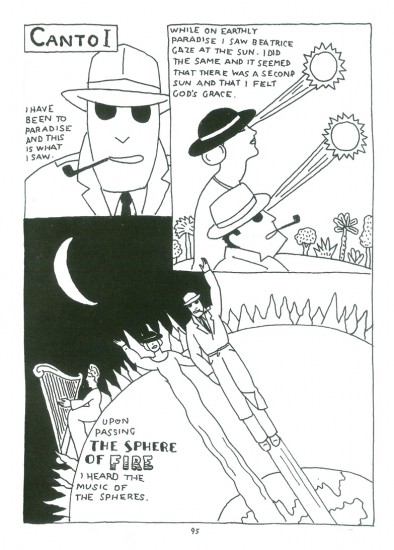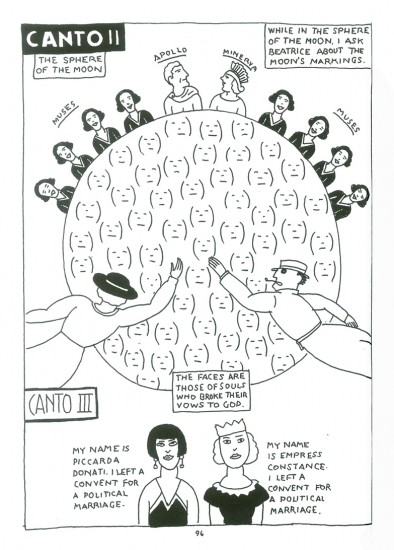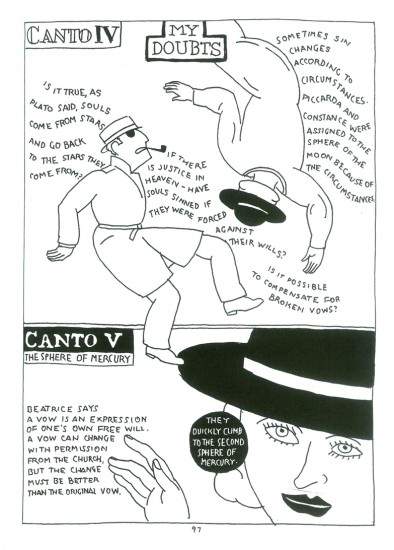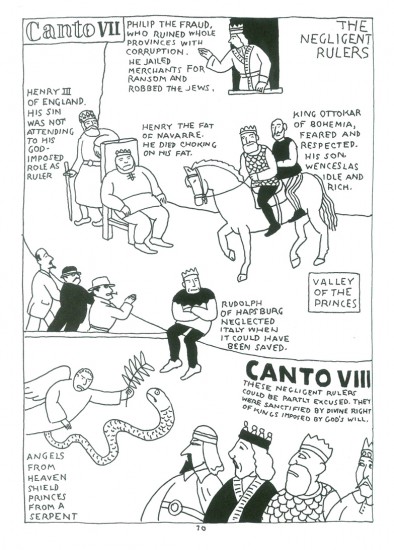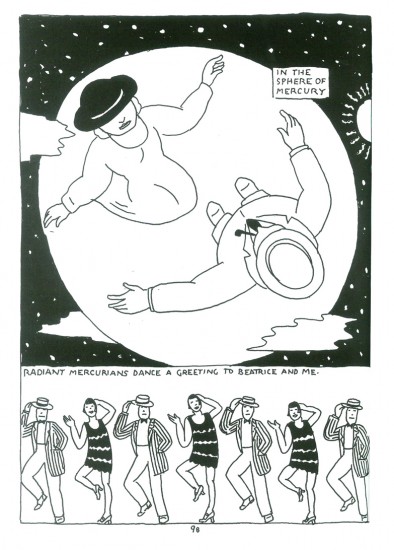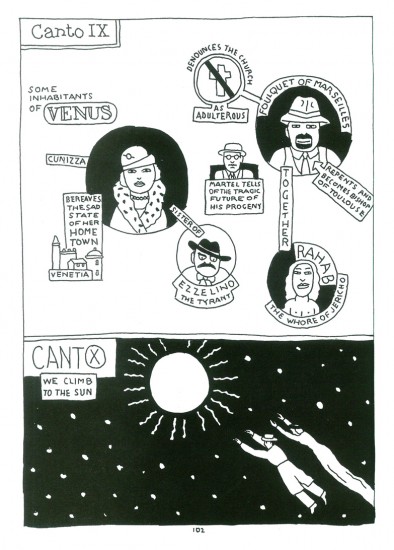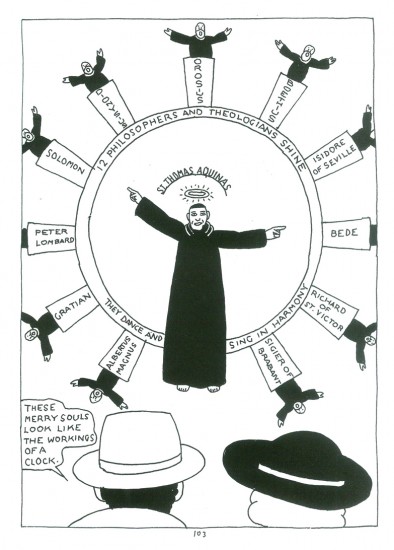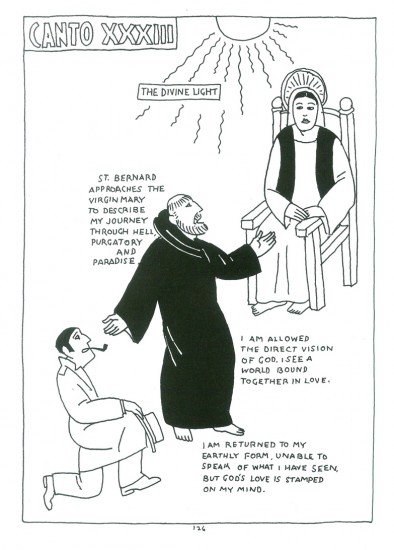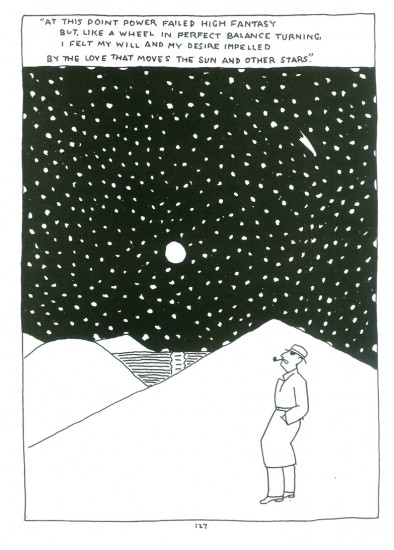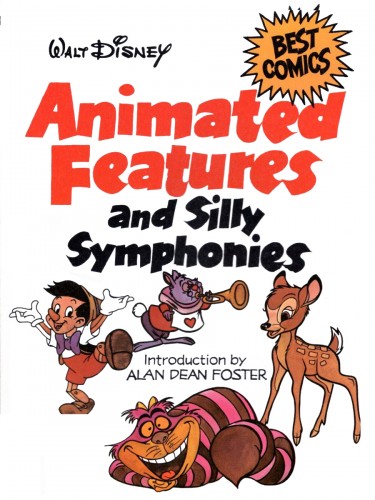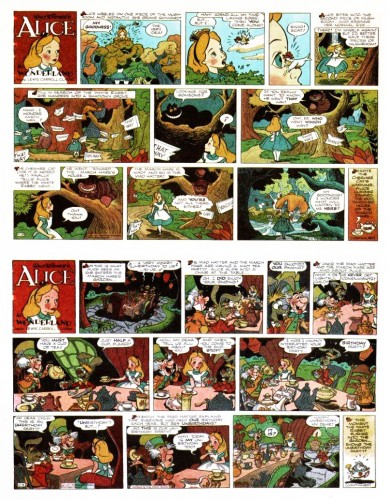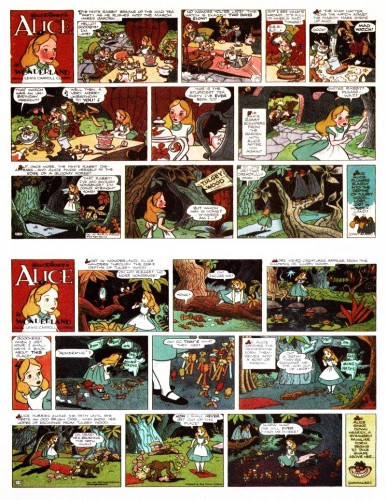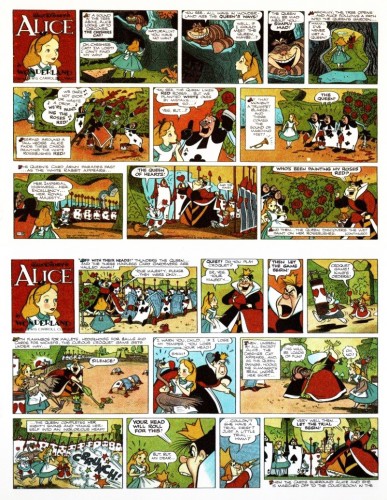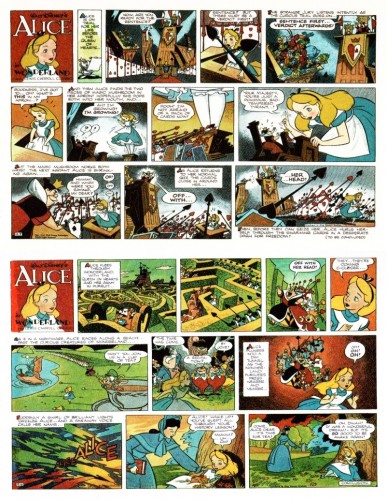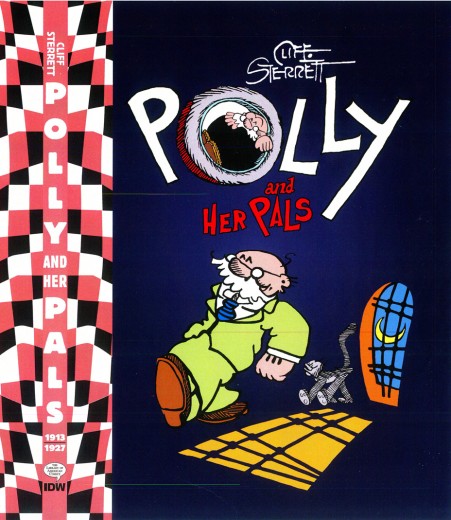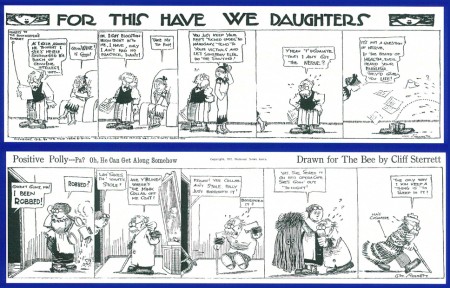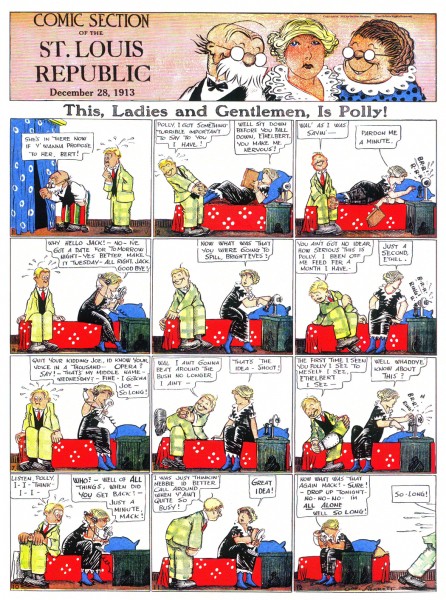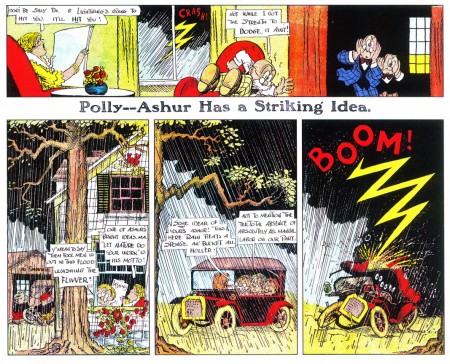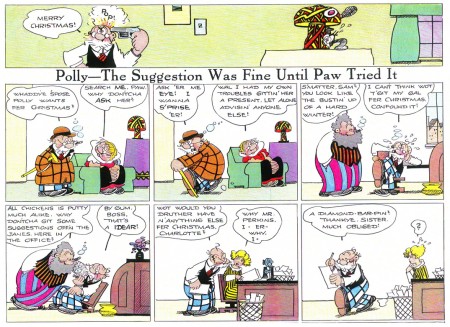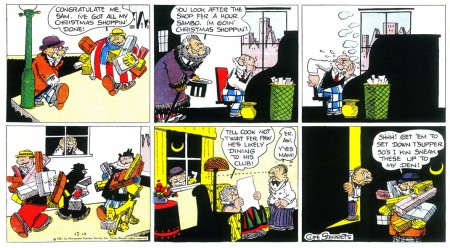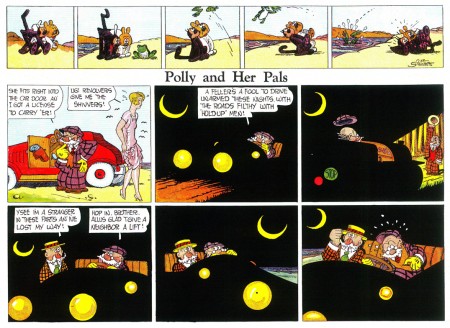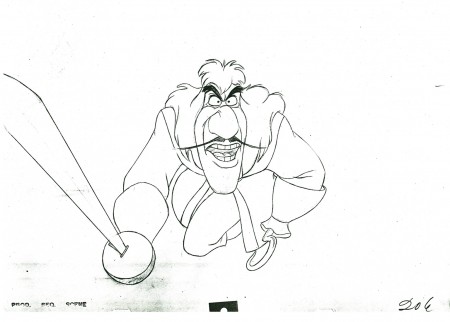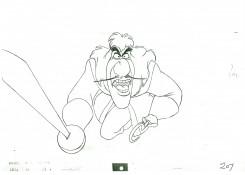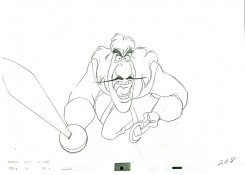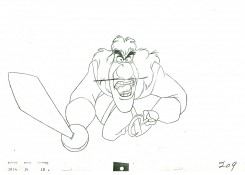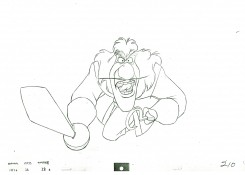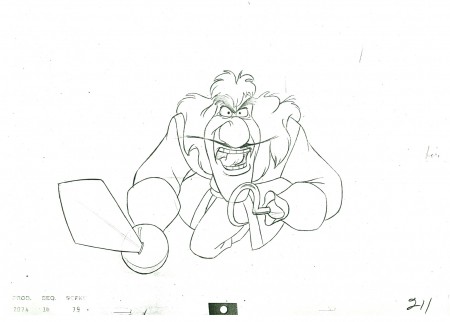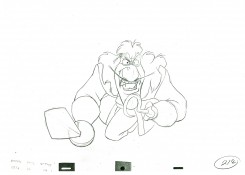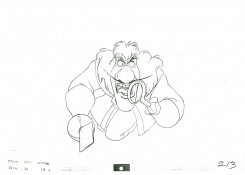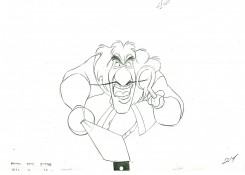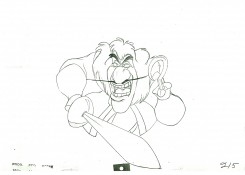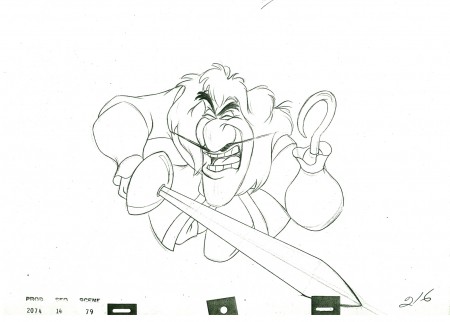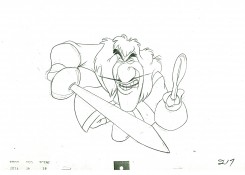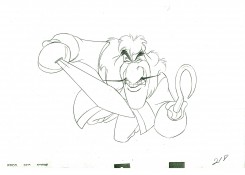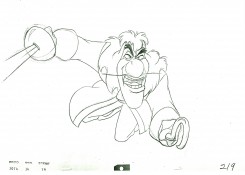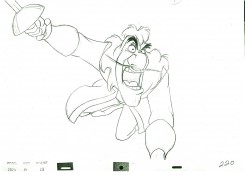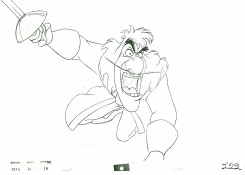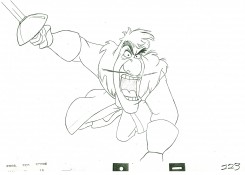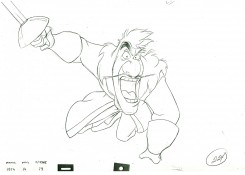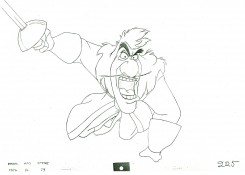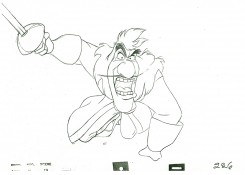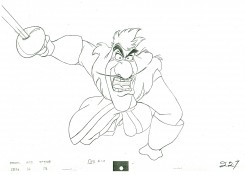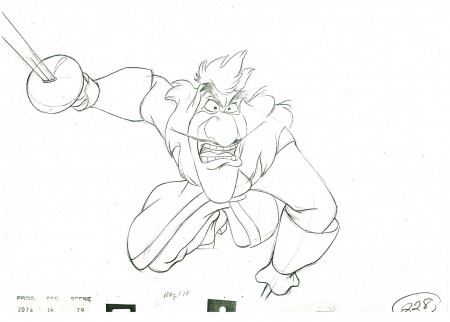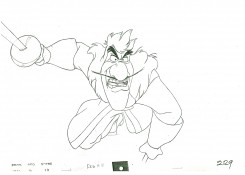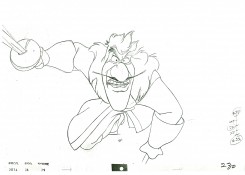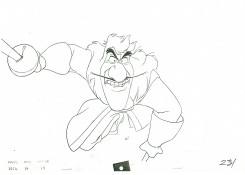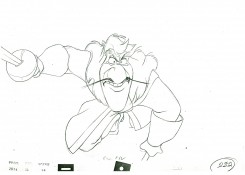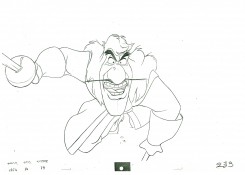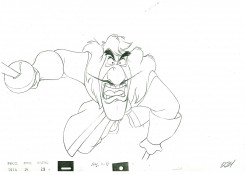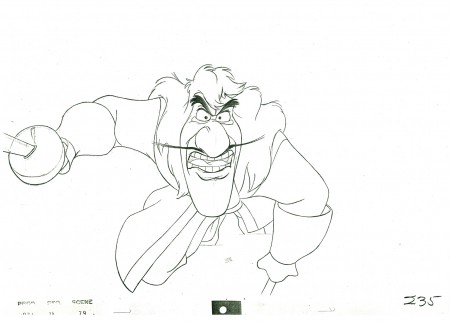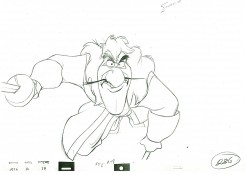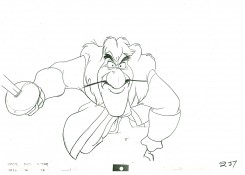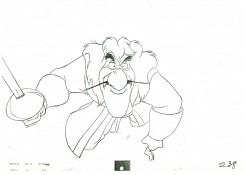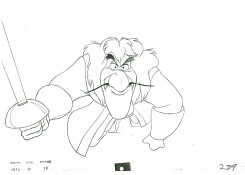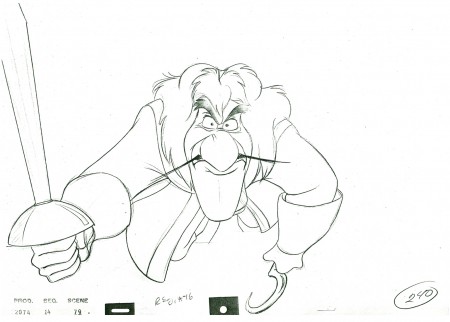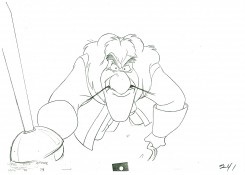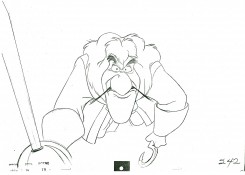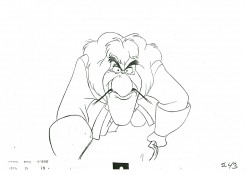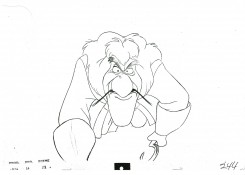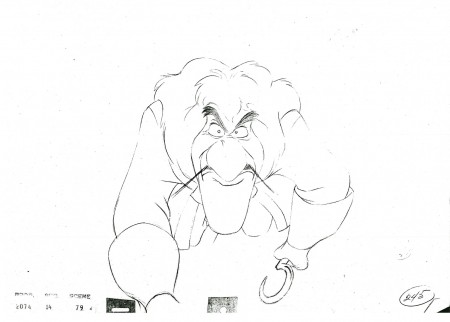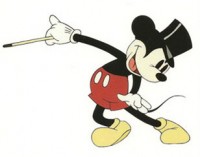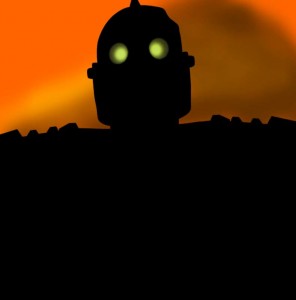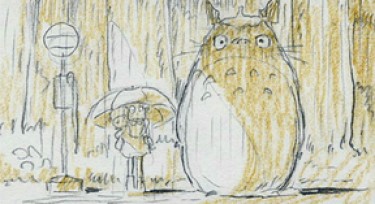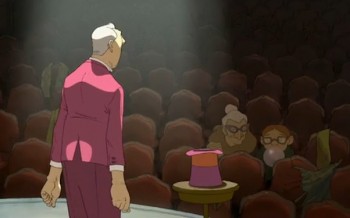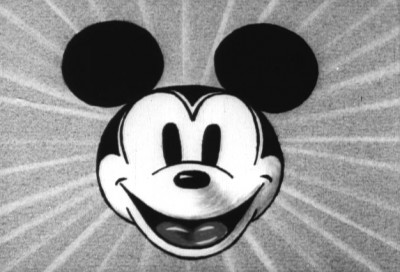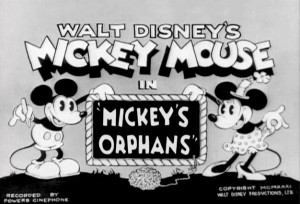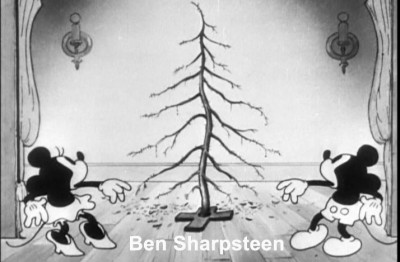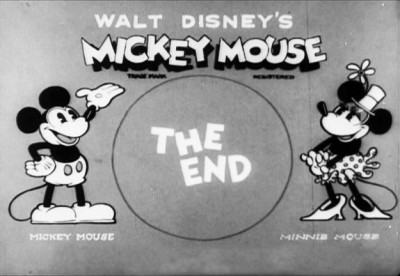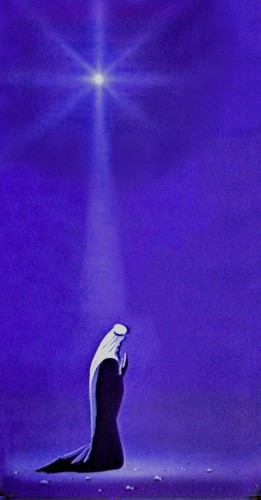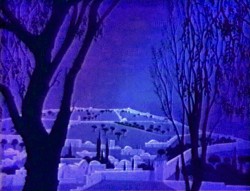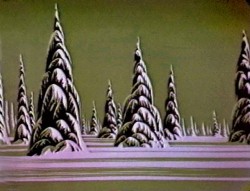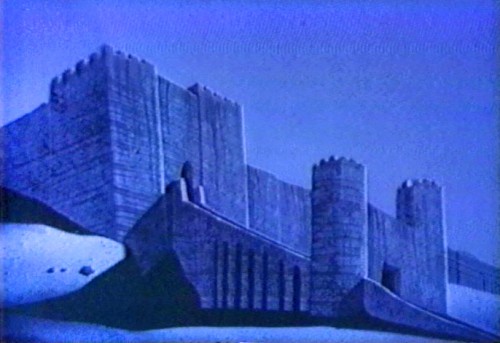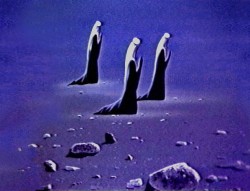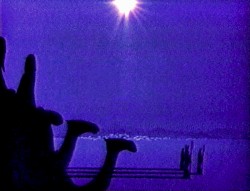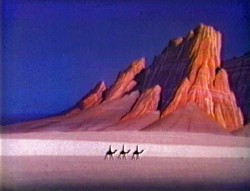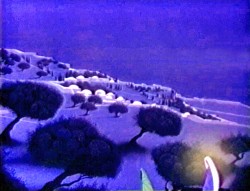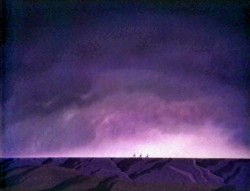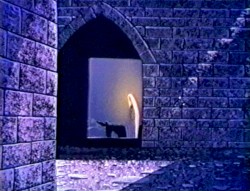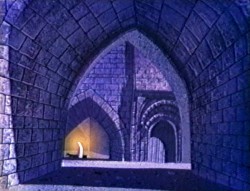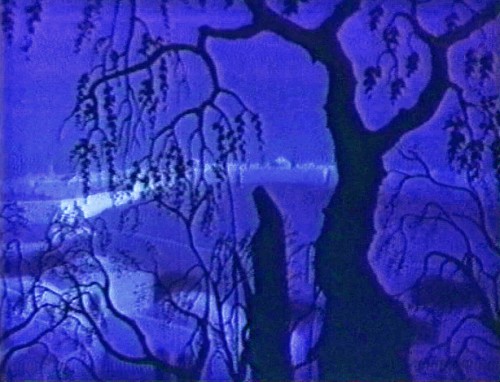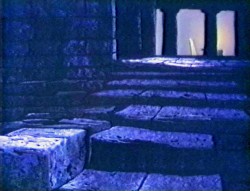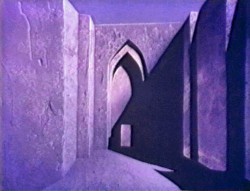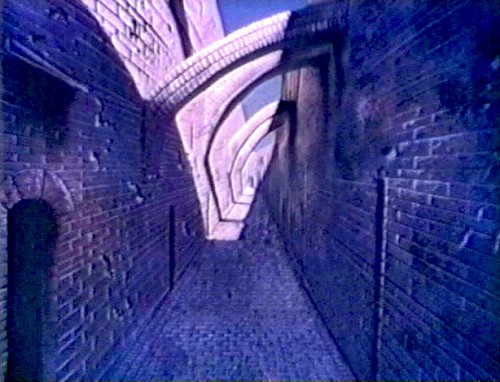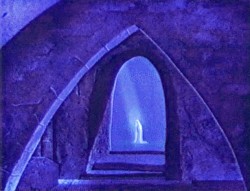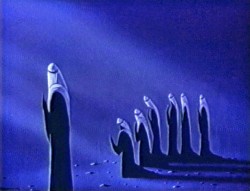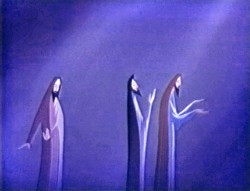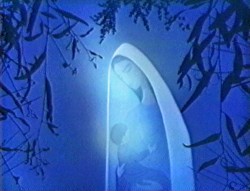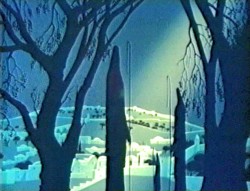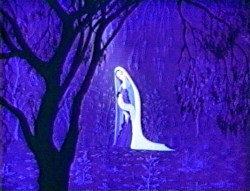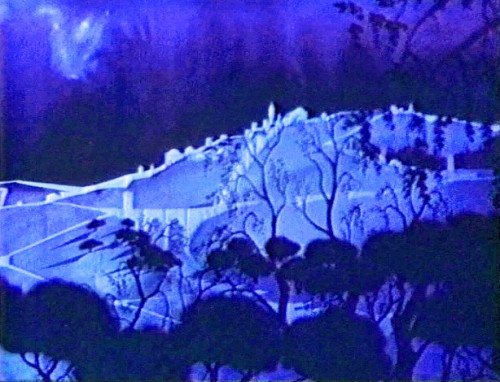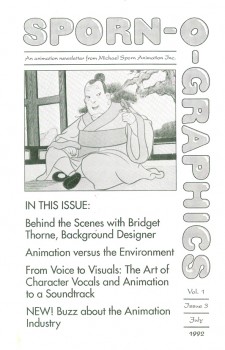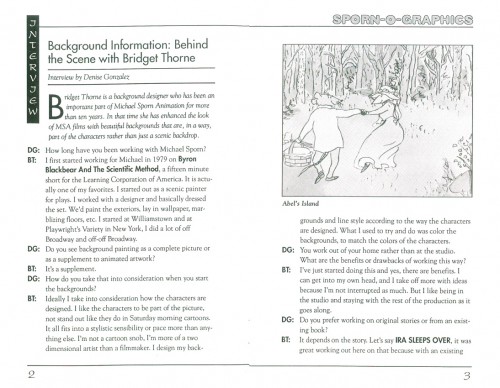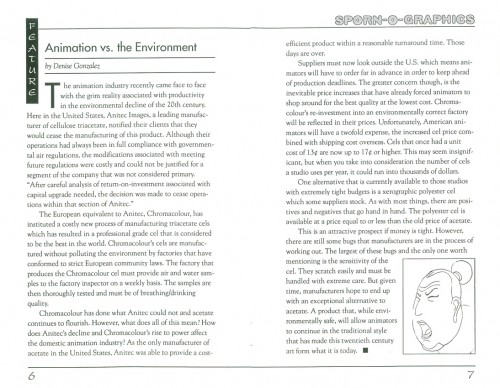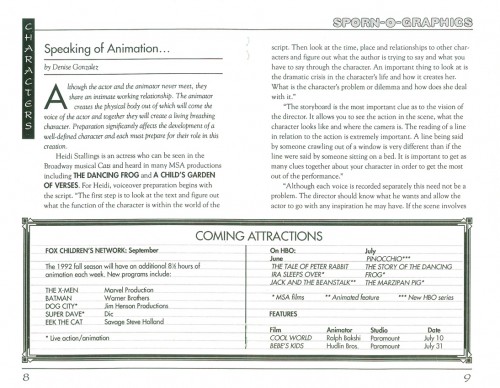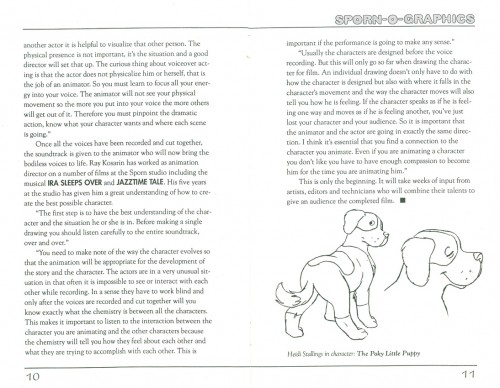Frame Grabs &SpornFilms 20 Dec 2010 08:43 am
The Poky Little Puppy’s First Christmas
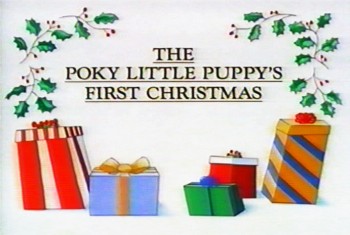 - It’s Christmastime, and I feel like talking about one of the many Christmas programs I’ve done. The one that has gotten short shrift, to me, is The Poky Little Puppy’s First Christmas.
- It’s Christmastime, and I feel like talking about one of the many Christmas programs I’ve done. The one that has gotten short shrift, to me, is The Poky Little Puppy’s First Christmas.
This show came to me when I was told by Nancy Steingard, who was running Western Publishing, that they were interested in doing a show around Poky, and they wanted a Christmas program that could run on Showtime. I’ve been a fan of Gustaf Tenggren‘s work forever, so I didn’t hesitate to say yes.
 1
1They came to me with a spec script by Ron Kidd, which told the story of
Santa losing one of his reindeer and the search for him so that Christmas
wouldn’t be stalled. Of course, Poky found him and saved the day.
Uh-uh, this wouldn’t do. I wasn’t interested.
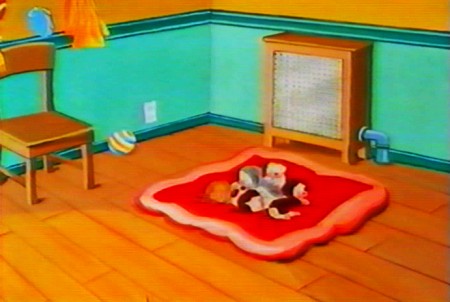 2
2
I worked with Ron to come up with another idea. It’s never too soon
to talk to kids about ethics, so I made it about a someone different Poky
finds in the woods, a skunk, whose home has been destroyed by Poky’s
family as they cut down a Christmas tree in the woods. Poky adopts the
skunk and brings him home, much to his mother’s chagrin. The next day
the family helps to find the skunk a new home of his own.
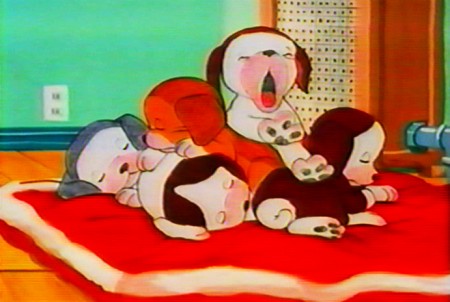 3
3
Ron ran with that treatment and gave me a fine script. I went back to
William Finn to get a couple of musical numbers.
Finn had done a brilliant job for me when he scored Ira Sleeps Over
a couple of years earlier. He had Falsettos on Broadway,
and agreed to do Poky for me. I’d also work with arranger/orchestra
Michael Starobin again to write the incidental score and arrange the songs.
However, I wasn’t prepared for the unexpected.
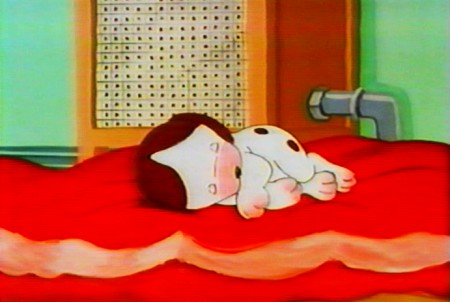 4
4
I went to Bill’s apartment and heard the songs as he played them on the piano
and shouted out the lyrics with me listening inches away sitting on his bed.
I was happy that things were moving so quickly and well.
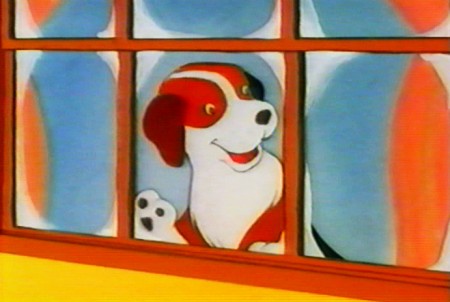 5
5
However, after that, there was a marked slowdown. The title song was brilliant,
as expected, but I wasn’t crazy about one of the next two he offered me, and
he wanted to rewrite them.
The problem was, I couldn’t get him on the phone after that.
Something was up.
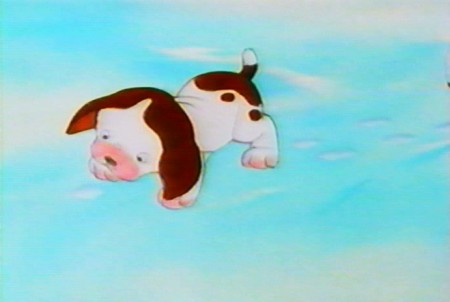 6
6
After about a month of delay, I brought Michael Starobin in to try to
work with Mr. Finn. Nothing had progressed past that initial sing-out.
Michael said everything was ok and brought me small changes a little at a time.
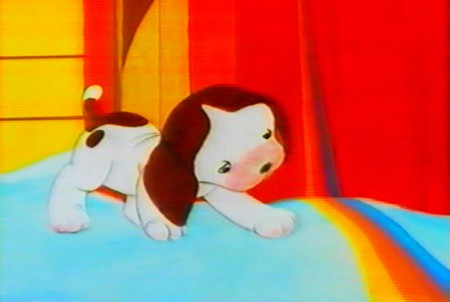 7
7
Eventually all the songs were completed, and things progressed.
I found out years later that Bill Finn had had a brain aneurism and was hospitalized
for most of the production time of The Poky Little Puppy’s First Christmas.
I found this out when he’d written a theatrical musical called “THE NEW BRAIN.”
This was about a song writer for a children’s show who had an aneurism and wasn’t
able to complete his job. In fact, he realizes in the hospital that he isn’t creating the
art he’d hoped for. The show’s composer starts writing art songs in the hospital
bed and comes out of a long sterile period of writer’s block.
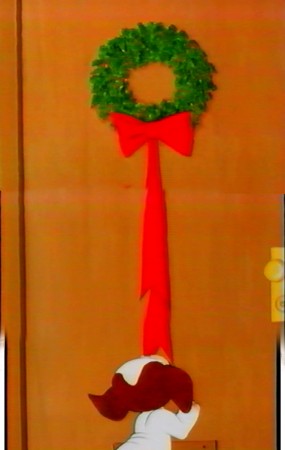
The artwork for the show moved ahead wonderfully. Liz Seidman was in charge of it all. She had supervised Mike Mulligan and His Steamshovel when that was in production, and she had brilliantly maneuvered from book and storyboard to a great look for the final film.
We decided that a similar look would work well with Poky. By allowing the outside lines of the drawings to be evident throughout the show, we were pointedly saying that this is an adaptation of a beautifully illustrated book, and we’re trying to keep the look of the book’s author.
We did our best to keep the look of Poky and the other characters in the series of books. We watched the first book most closely, although the character had changed some over the years. We did give a nod to those changes, but I loved the original more than any other and stayed closest to that.
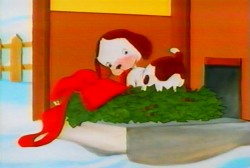
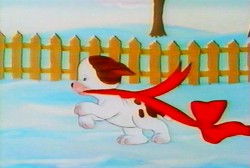 12
12
When we called kids in for voice casting, a ton of 10-12 year olds showed up. There
was only one boy, Chris Seifert, who was closer to 5. He was shy, and he was brilliant
(though my editor wasn’t crazy about all the time we’d have to work with him.)
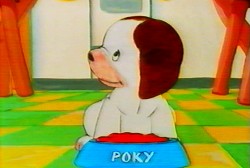
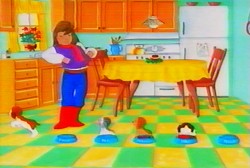 14
14
The boy couldn’t read, and I asked his mother not to have him memorize the lines.
When we recorded, I sat in the booth and fed him the lines – one at a time. The
brilliant lad, repeated the words but put his own spin on them. Sometimes I’d push
him to give me a little more, but I knew he was going to work wonderfully as Poky.
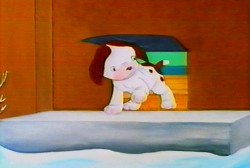
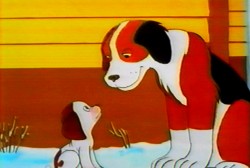 16
16
As for the teen-aged owner of the pups, Grace Johnston was my only choice.
I’d been working with her for years on a number of other projects, and I was in love with
her talent. She’d been Barbara Hershey’s daughter in the film, “BEACHES” and she was a
pro and was every bit as good in Poky as she’d been for me in so many other films.
Now she’s a young, talented beauty out in Hollywood about to take over that town.
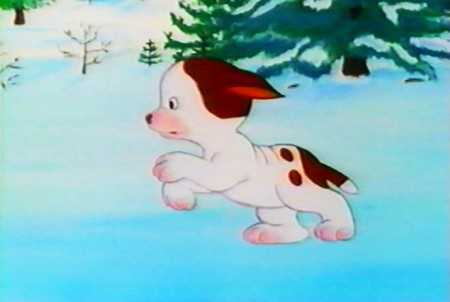 17
17
For Poky’s mother, I immediately went to Heidi Stallings. She’s a great
actress who always surprises me in the recording booth. I love when I
hear the readings in my head and get something completely different from
the actor. 99% of the time that new reading is the perfect one.
This always gets me to laugh in the studio; I love these surprises.
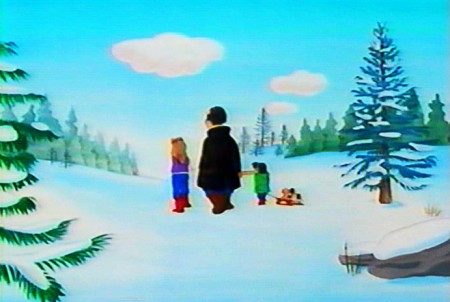 18
18
Heidi also sings beautifully, and I knew she’d nail the title song:
“My Poky Littly Puppy”. As a matter of fact she sang a version of it
for me, before Michael Starobin had arranged the song. I still hear
that version and wish I had been able to talk Michael into changing
it. Heidi’d sang the song in almost a whisper, and it sounded like a
music box of a song. Beautiful. I like what’s in the final; I just think
there were other possibilities.
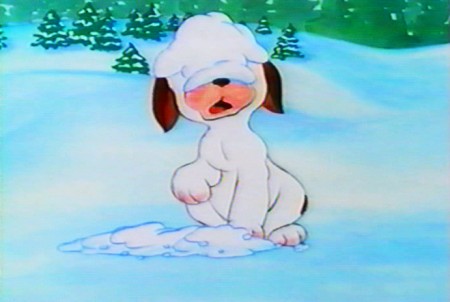 19
19
In animation, I had a great staff for this film. Rodolfo Damaggio led the way.
Years earlier he had arrived at my doorstep with no introduction looking for a job.
Boy could he draw. I put him to work immediately assisting one of my favorite
staff animators, Ray Kosarin.
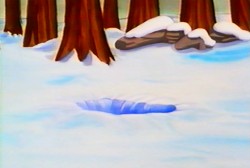
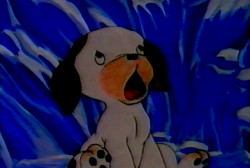 21
21
Ray came to me a week later a bit intimidated. He felt that Rodolfo could
animate better than he, and it was tough having such an assistant.
I didn’t agree that he could animate better; he could do the Disney thing
better, but there wasn’t as much heart in Rodolfo’s work.
Just fine, smooth, well-drawn animation.
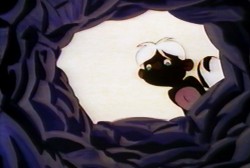
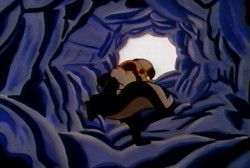 23
23
Rodolfo was perfect for all those four-legged animals.
Dante Barbetta, the great Paramount animator, was also on staff doing some
excellent work. He took whold sequences and made them his own.
Likewise Sue Perrotto who always graced my films with her animation.
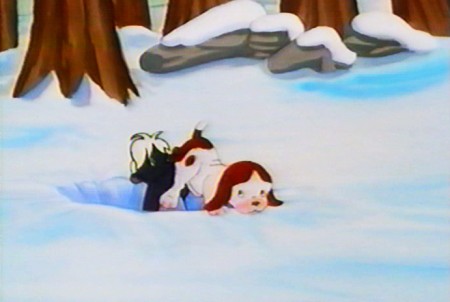 24
24
The rest of the animation staff on this one included:
Eileen Claffy, Ray Kosarin, George McClements, and Tony Kluck.
2 on staff: Ray and George. 2 free-lance: Eileen and Tony.
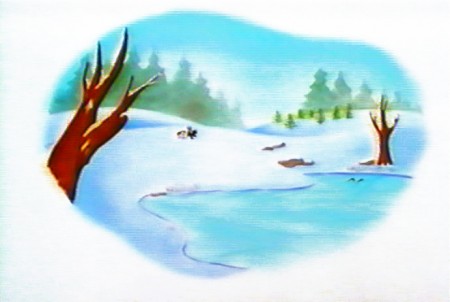 25
25
The I&Pt rendering was superbly done by:
Lisa Cupery, Ikuko Tanaka, Stephen MacQuignon, Masako Kanayama,
Christine O’Neill, Michael Klein, Stephen Gambello, Denise Gonzalez, &
Jason McDonald (who also did some inbetweening.)
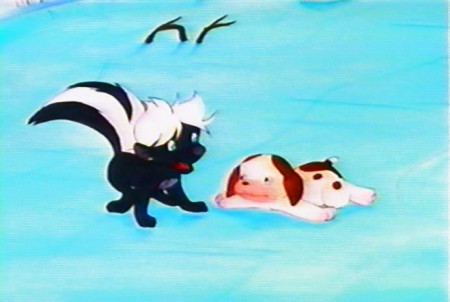 26
26
The rendering was somewhat difficult trying to match Tenggren’s tempera colors.
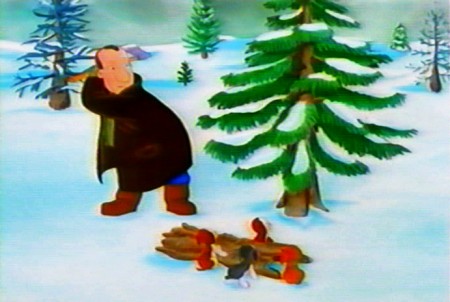 27
27
My staff used markers, prismacolor pencils on off-white paper. The animation
line served as the outline (the pencil would pick up as a dark grey on camera.)
These drawings were cut out and pasted to the cels before they were sent
to be photographed on film.
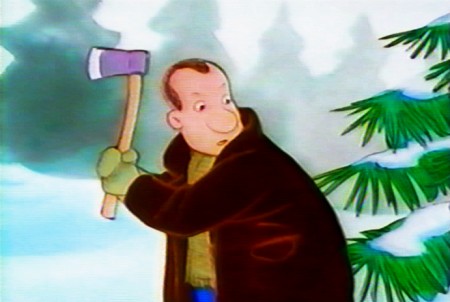 28
28
Liz Seidman did all the backgrounds, herself while
supervising the I&Pt with the help of Masako Kanayama.

A pan home as the family destroys the skunk’s home for the Christmas tree.
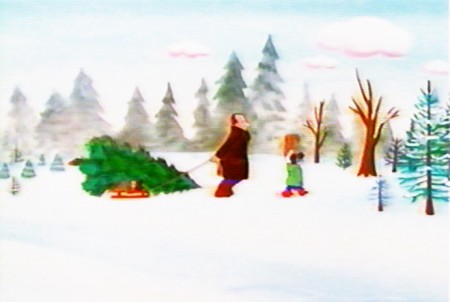 30
30
Somehow for years I’ve recessed this film. I think I’m shy of all the
films I’ve done which were made for toddlers. It’s a gorgeous film
(despite the look of these soft frame-grabs), and I have nothing to
be embarrassed about. Perhaps that’s why I’m showcasing it here.
I apologize for the soft frame grabs. I pulled them from a VHS copy of the film and wish I had had a higher res version to lift from. Alas.
Unfortunately, as I’ve said it’s still not available in DVD. You can find VHS copies of it on Amazon, but that’s really not good enough, if you ask me. Western should get their act together; it’s a good Christmas film.
